Sedation Dentistry Types: Nitrous Oxide, Oral, Intravenous (IV) or Conscious Moderate Sedation
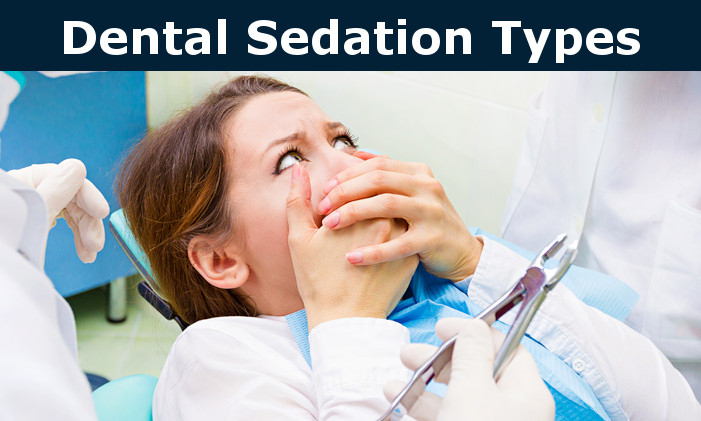
What is Sedation in Dentistry?
There is a dental practice, called sedation dentistry, which uses anesthetic drugs based on nitrous oxide, oral sedation, and IV sedation. They immerse the patient in a state of sleep or drowsiness, thereby reducing emotional tension. Sedation does not eliminate the need for local anesthesia. In a state of sedation, a person retains the ability to feel pain, and this is stress for the body.
Sedation is divided into two varieties: deep sedation and superficial sedation.
Deep sedation is a state of oppression of consciousness in which the patient is in a state of sleep. The patient can not follow the doctor’s instructions and often loses the ability to breathe adequately. Deep sedation does not lead to a complete switch off of pain sensitivity, so it is supplemented by local anesthesia.
During the effect of the technique of superficial sedation, there is minimal depression in the patient’s consciousness. The ability to follow the instructions and commands of the dentist at My Dentist Burbank is not lost. Most importantly, adequate breathing is maintained throughout the procedure.
At the same time, after the treatment of the teeth, in the memory of the patient, there are very few memories of the procedure performed. On the one hand, this is because sedation causes a state of deep relaxation, in which the perception of external stimuli is greatly dulled. On the other hand, medications used for intravenous sedation in themselves cause a partial or complete loss of memory (amnesia), corresponding to the duration of action of these drugs.
For all who are afraid of dental surgery and postpone the visit to the clinic because of fear, sedative dentistry is the ideal solution to their problem. Reception is quick, and the doctor is able to do more work at a time, thus reducing the number of visits.
What Types of Sedation Are Used in Dentistry?
There are several types of Sedation Techniques in Dentistry, including:
- Inhaled minimal sedation
- Oral sedation
- IV moderate sedation
- Deep sedation and general anesthesia
The used levels of sedation
- Minimal sedation
- Moderate sedation (conscious sedation)
- Deep sedation
- General anesthesia
Nitrous Oxide Inhaled Minimal Sedation
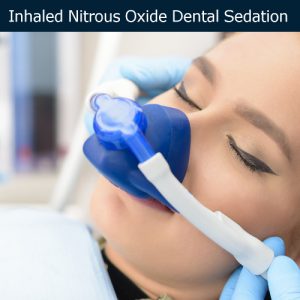
Inhaled sedation gives a minimal sedative effect. For children’s treatment in dentistry, the sedative effect of nitrous oxide is used. Nitrous oxide-oxygen sedation (also known as “laughing gas”), relieves anxiety and removes negative memories of the manipulation itself.
Before starting the procedure, the patient puts on the mask and takes a few breaths of nitrous oxide and oxygen with a pleasant sweetish smell. After that, there is a feeling of relaxation and calmness, and the dentist at My Dentist Burbank can start treatment. The treatment passes efficiently, and quickly and leaves positive memories. The child is conscious and can communicate with the doctor. This is the only form of sedation, after which the patient is able to go home alone after the procedure.
Oral Dental Sedation
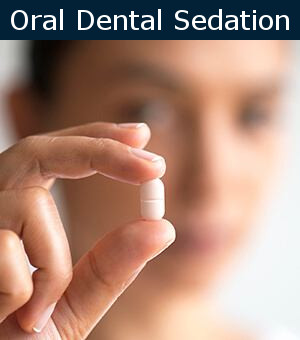
Oral sedative dentistry is now the most commonly used to suppress patients’ fear of dental procedures. The technique is easy and does not require needles. The best medicines provide such a comfortable experience that most patients do not remember the visit to the dentist.
Depending on the total dosage, such anesthesia may be minimal or moderate. Minimal sedation – taking pills. Basically, the tablets are Halcyon. Their action is comparable to the effect of Valium. Usually, the tablets are taken one hour before the procedure. They make the patient sleepy, but do not let them go to sleep. So during the treatment, the person is awake. A large dose is appropriate when it is required to provide moderate sedation for the patient. This type of anesthesia is usually used in sedative dentistry. Some people even fall asleep by taking pills. Awakening is accompanied by a slight tremor in the body.
Moderate, or conscious sedation relaxes the patient even more, but the patient will only be able to respond to a larger stimulus in his environment. The patient will likely slur their words and will most likely not remember anything about the procedure.
Intravenous (IV) Dental Sedation
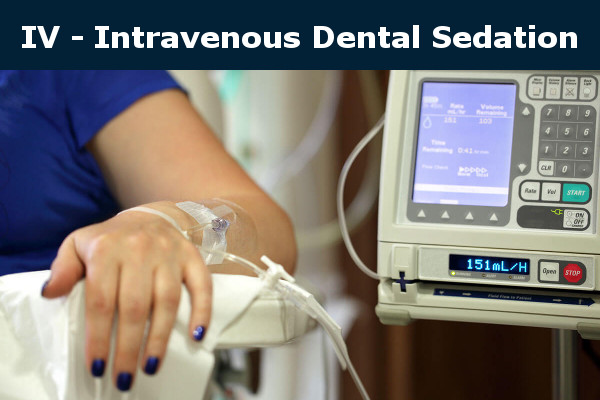
IV sedation is a more effective method of dental sedation. The sedative is injected through the vein, so the action of anesthesia occurs quickly.
With IV sedation, you will be conscious but not feel anything during the treatment. You will experience a heightened state of relaxation, which will alter your memories of the procedure. A local anesthetic will be administered in the treated area to prevent any pain. The amount of medication can be adjusted, so you won’t receive too much or too little sedation.
Deep Sedation and General Anesthesia
The degree of sedation is very high. Such anesthesia plunges a person into an unconscious state or a state of very deep sleep during the procedure. After complete anesthesia, it takes time for the drugs to stop functioning, and the person is able to recover.
How to Determine When to Use Dental Sedation?
- If you do not want to remember what will happen during the procedure of dental treatment. If you prefer to stay out of everything when treating a dentist visit.
- If you have a great fear of the specific procedure of dental treatment. Especially if you are sure that the fear will remain even in spite of the extra-empathetic attitude of the dentist at My Dentist Burbank and the presence of effective local anesthesia.
- If you have mental illnesses, you are very much afraid of dental treatment and feel that sedation will avoid possible problems with the mental component of your health.
Advantages of Sedation Dentistry
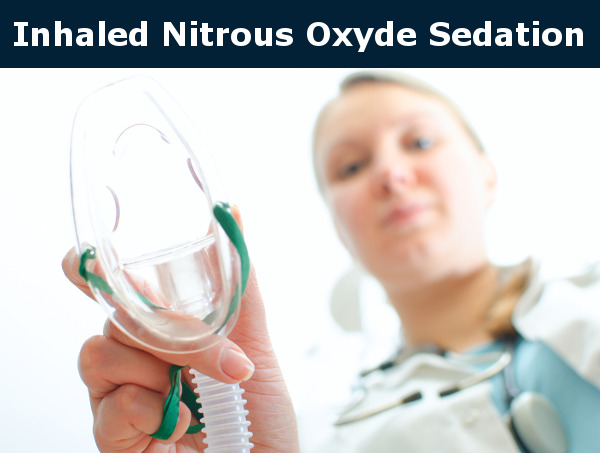
One of the main advantages of sedation dentistry is that people often feel that their dental procedure lasts only a few minutes. While, in fact, the procedure could take hours to hold. Consequently, complex dental procedures, such as a compelling smile or extensive recovery procedures that usually require multiple visits, are often held for fewer appointments.
If you do not want to change the look of your smile, because you are afraid or worried about the upcoming long and complicated dental procedure, sedative dentistry can help you feel comfortable during the treatment process and achieve that smile that you can be proud of. Call and schedule a complimentary no-obligation dental appointment at My Dentist Burbank to see which type of dental sedation fits the best for you.


